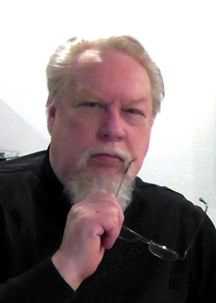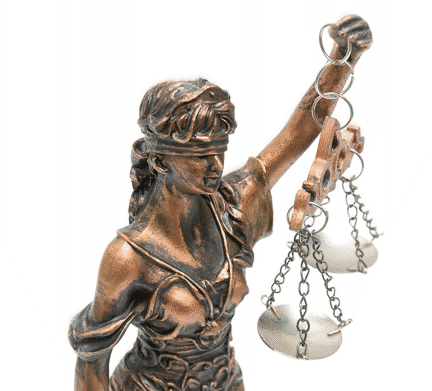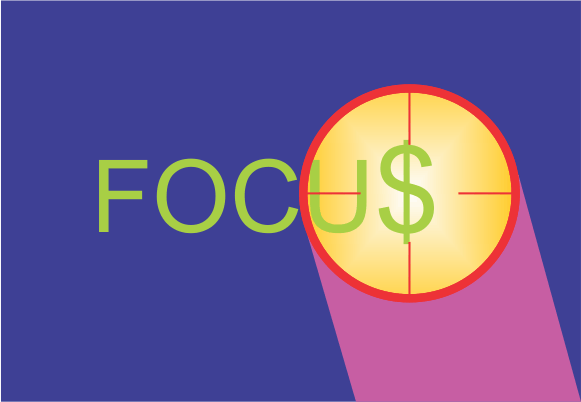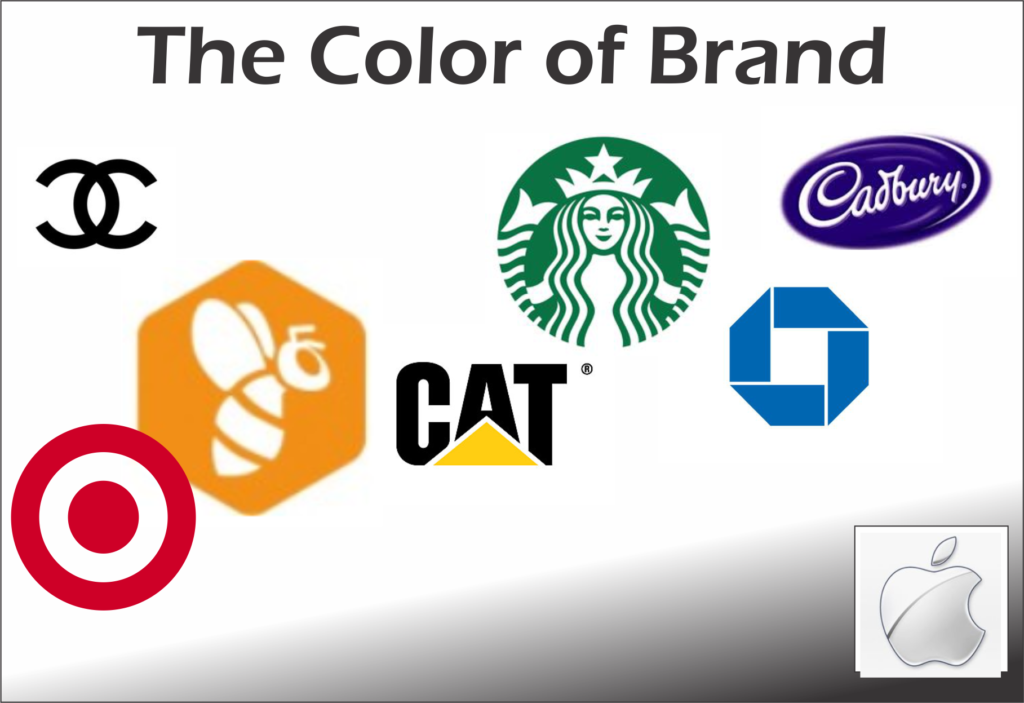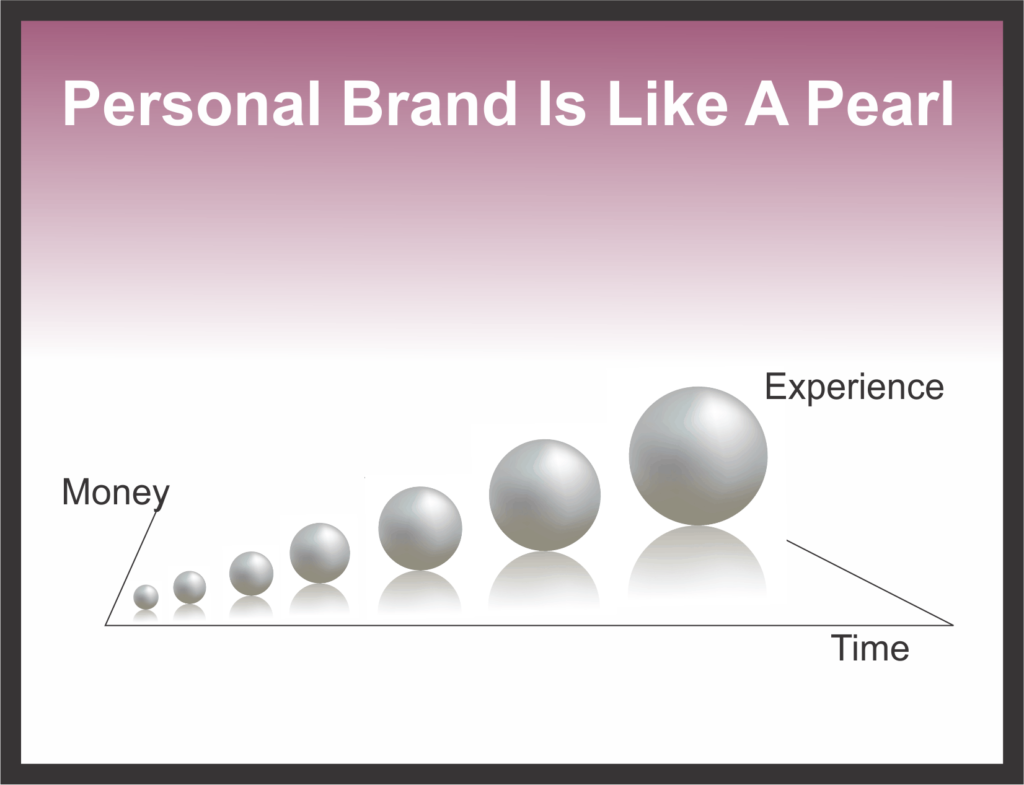 Either you’ve got it or you don’t is not true.
Either you’ve got it or you don’t is not true.
Anyone can be more charismatic and anyone can build their personal brand by doing so. The question is: Are you willing to pay the price?
The price may be a shift in your emotional quotient (EQ) because charisma is judged by observers, not you. You may have to change the way you present yourself to the world… all the time.
Behavior dictates how you are judged.
As Shakespeare said:
“All the world’s a stage,
And all the men and women merely players;”
Your audience, whether you are a speaker, manager, politician or a member of the C-suite, instantly makes decisions about whether or not they can devote themselves to you and your vision. Instantly.
They look at:
- Your movements and stance—if you appear open and move with sureness you will be seen as charismatic.
- Your confidence—research indicates that if you are perceived initially as having confidence, that perception will not change over time for the viewer who will see you as charismatic.
- How you present your ideas—using emotionally powerful stories and images that reach into the psyche of your audience makes you charismatic.
- Your focus—when you are engaged with an individual or a group you are absorbed in them. Nothing breaks that concentration. And you will be seen as charismatic.
- Your competence and friendliness—which they are judging from an emotional intuitive basis rather than using their logical faculties. Check your charisma score on these tow elements here
Trump is an example.
In his book Charisma in Politics, Religion and the Media, David Aberbach delineates historical pivot points that occurred due to charismatic leaders. He contends that charismatic leaders release the individual of the pressures of life under stress. They seek protection in a group. When individuals feel vulnerable there is a possibility of a charismatic attachment. This can be very dangerous in certain circumstances.
So was Hitler
Charisma can be used for good or for demagoguery. Hitler employed his power to give people a target of hatred, which gave those who felt broken their own sense of superiority.
Is Trump, like Hitler, targeting a group for hatred?
Why does he continually say, “No amnesty and no citizenship.” Why is he trying to destroy NAFTA? Why are immigration cops being allowed to operate like Hitler’s Brown Shirts? This is not the the kind of positive charisma and leadership displayed by Franklin Roosevelt, Ghandi and Nimitz.
Use your charisma for good and stay tuned.
 Jerry Fletcher is a beBee ambassador, founder and Grand Poobah of www.BrandBrainTrust.com
Jerry Fletcher is a beBee ambassador, founder and Grand Poobah of www.BrandBrainTrust.com
His consulting practice, founded in 1990, is known for Trust-based Brand development, Positioning and business development on and off-line. He is also a sought-after International Speaker.
Consulting: www.JerryFletcher.com
Speaking: www.NetworkingNinja.com


